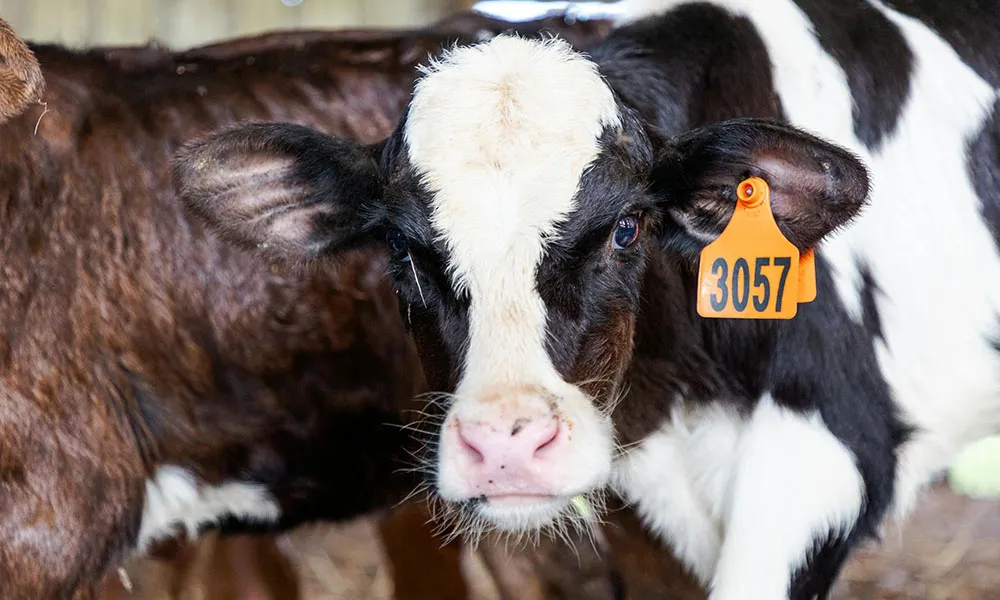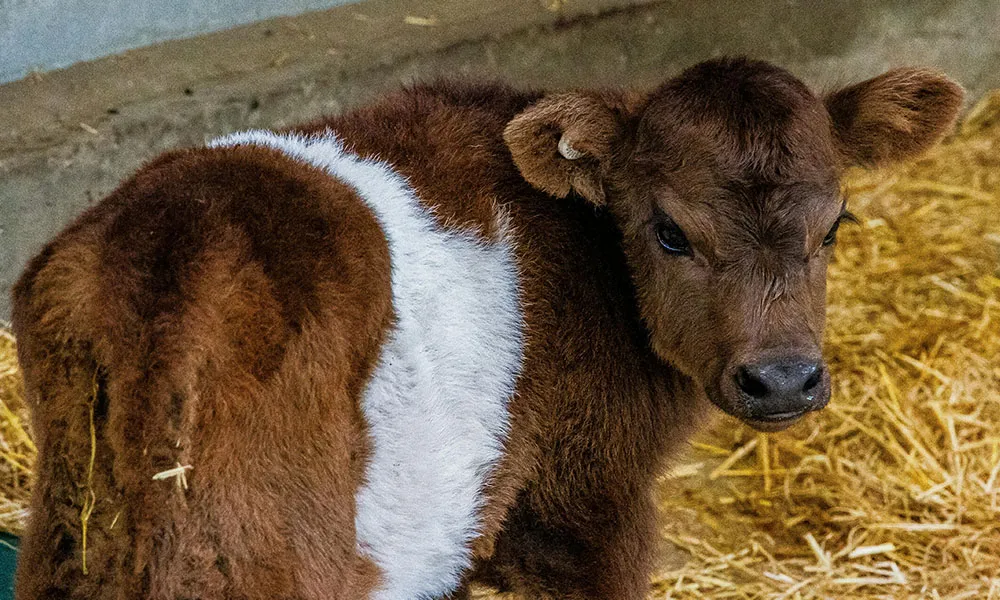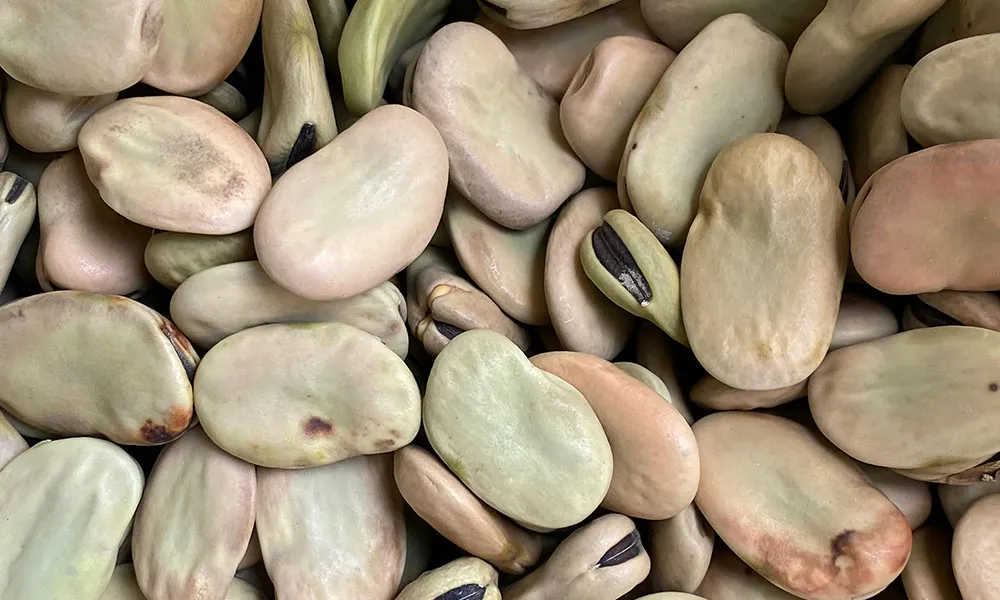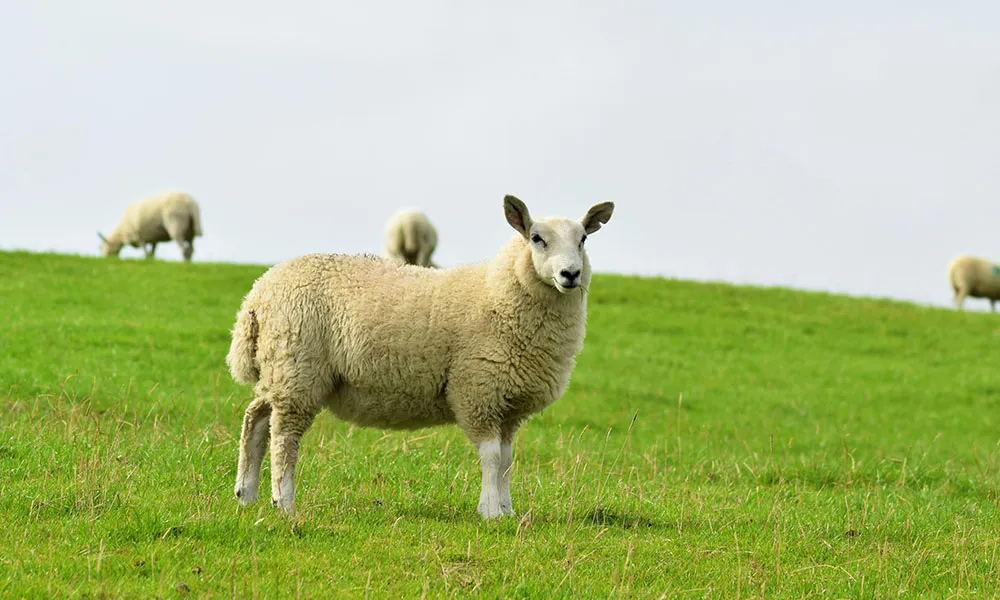
Summer grazing season
The month of May having ushered in a period of phenomenal weather across Ireland, it is reasonable to conclude that the summer grazing season is well underway. For those farming dairy beef animals, now is the time to prepare a dosing strategy for calves. It is hard to overstate the importance of an efficient and effective dosing strategy for dairy beef calves. Dairy beef systems are especially prone to problematic outbreaks of stomach worms, in particular. This is due, in large part, to its nature as a heavily grass-based system.
Animals suffering from parasitic infections like stomach worms are far less likely to thrive. Therefore, keeping stock parasite-free over the weeks ahead will be crucial, if your calves are to reach their full potential come time for sale or slaughter.
Watching for signs
Close monitoring of stock for parasite burden is essential as the summer commences. Dairy beef calves are susceptible to parasitic infections, particularly by the stomach worm, so you will need to be watchful for the early signs of disease. Telltale symptoms of a stomach worm infection include lack of thrive, poor appetite and diarrhoea. Worms colonise the lining of the stomach and small intestine, thereby causing the animal considerable discomfort and resulting in the aforementioned signs of trouble.
Egg counting
Not so long ago, routine dosing was regarded as the best way to offset the risk of stomach worm infection. However, due to the rise of anthelmintic resistance on Irish farms over the last decade or so, this is no longer recommended. Instead, farmers are advised to have a faecal egg count conducted to determine if dosing is required in their herd. This can be carried out by your vet or by a service provider such as Agridirect.ie. For an egg count to be carried out, farmers will have to provide the service provider with a dung sample. According to Teagasc, treatment is only required where the egg count exceeds 200epg.
Choosing the right treatment
Where treatment is deemed suitable on account of high faecal egg count results, you should consider which anthelmintic treatment is most suitable to your situation. Anthelmintics currently licensed for sale in Ireland fall into three categories. These are macrocyclic lactone (clear dose), levamisole (yellow dose), and benzimidazole (white dose).
Unfortunately, none of these products are as effective as they once were. All three groups have shown a rise in parasitic resistance in recent years. Therefore, it is recommended that - where possible - you alternate between the various treatments to offset rising worm resistance. However, you should also take the results of your faecal egg count into consideration. The qualities of the different treatments need be measured against your own particular needs. For example, clear drenches (e.g. Ivermectin) give longer lasting protection than the yellow and white drenches do.
Dosing
Given the rise of anthelmintic resistance, you should be as careful as possible when measuring each individual dose. Read the manufacturer's instructions carefully for the dose-to-weight calculation, and never give the animal a larger measure than recommended for its weight. If you don't have the means to weigh each animal individually, the dose measurement for each animal should be based on the weight of the largest animal in the group being treated. Teagasc advises that, if there is a large weight variation within the group, you should divide into two groups (a heavier and a lighter) and dose based on the weight of the heaviest in each group.
Animals should be turned back onto dirty pasture after weaning, as this will increase anthelmintic resistance.











